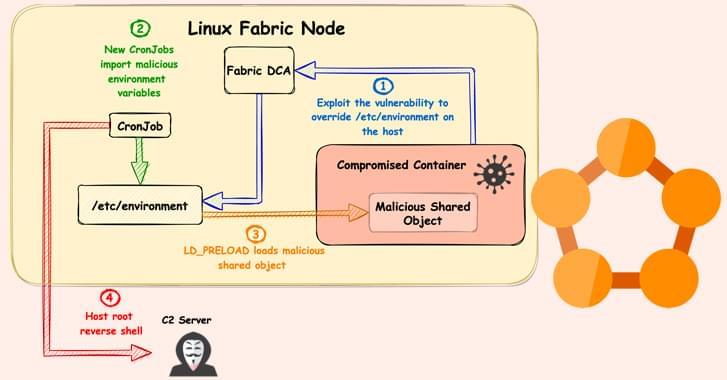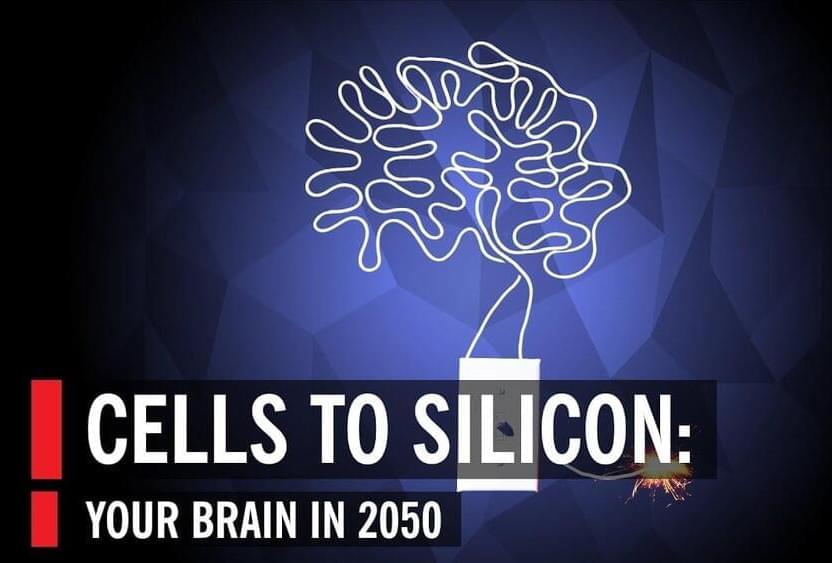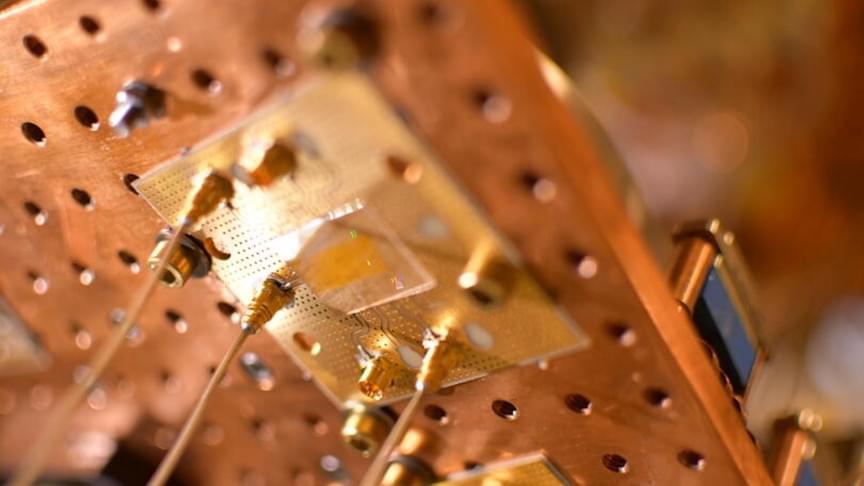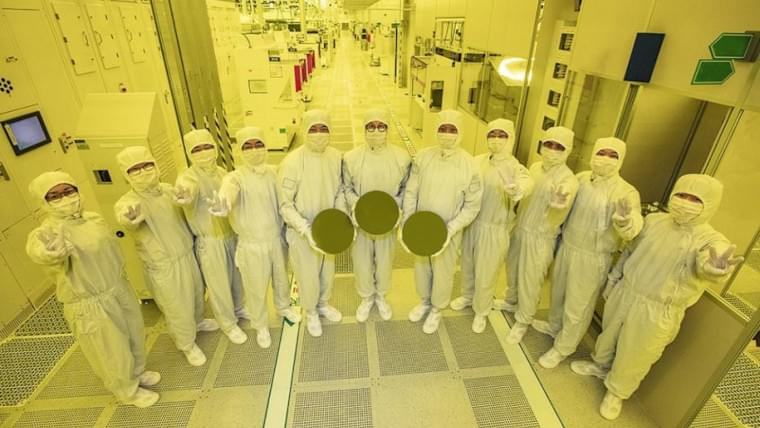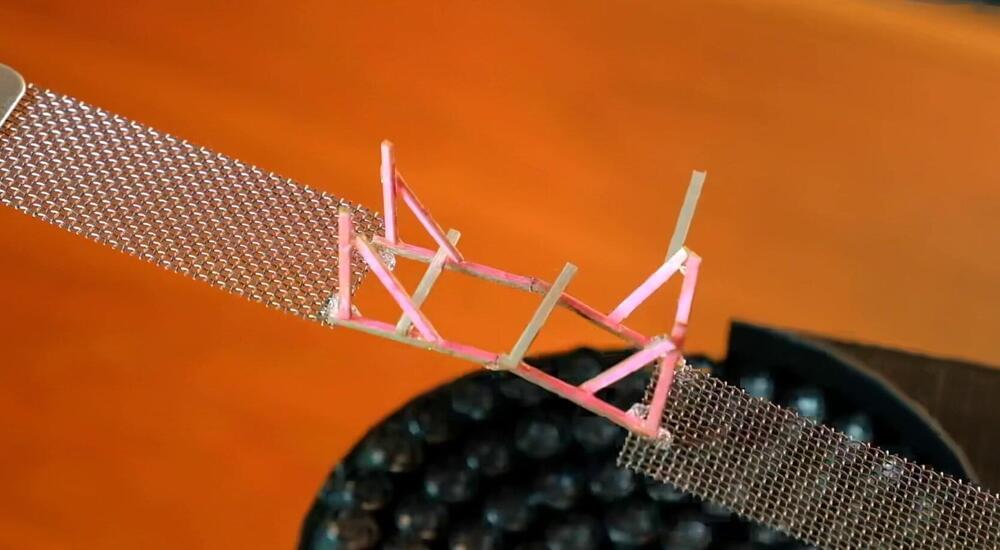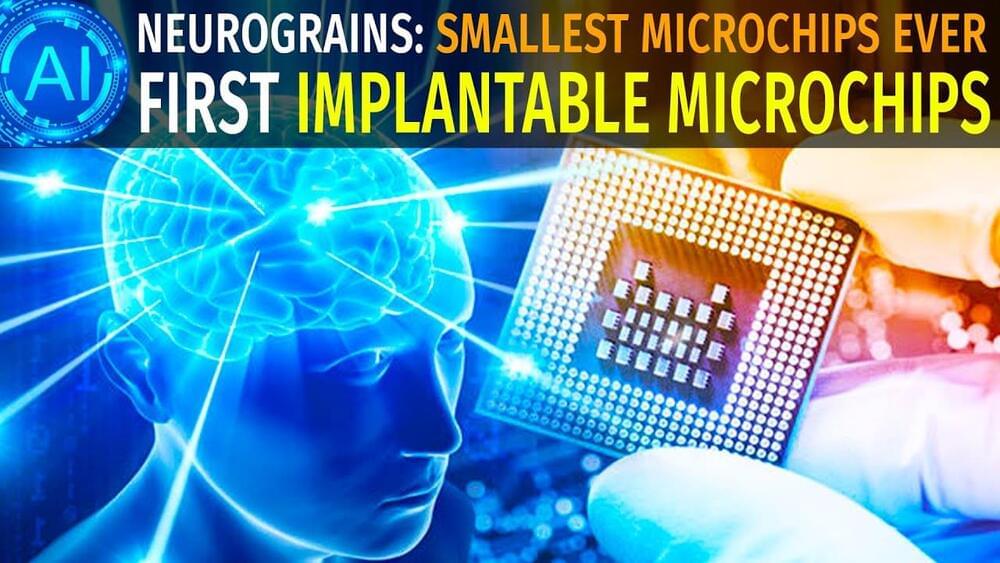
Intel Labs has announced that it has made a noteworthy advancement in the area of integrated photonics research, which it bills as the “next frontier” in expanding communications bandwidth between compute silicon in data centers and across networks. The company believes this advancement holds the promise of a future input/output (I/O) interface with improved energy efficiency and bandwidth, and a longer reach.
The disclosure explains the possibility to obtain well-matched output power in conjunction with uniform and densely spaced wavelengths, according to Haisheng Rong, Senior Principal Engineer at Intel Labs. Rong also points out that this can be done by utilizing existing manufacturing and process techniques in Intel fabs, and therefore ensures a path to volume production of the “next-generation co-packaged optics and optical compute interconnect at scale.”
Intel states that this breakthrough results in industry-leading advancements in multiwavelength integrated optics. It includes the demonstration of an eight-wavelength distributed feedback (DFB) laser array that is fully integrated on a silicon wafer and provides exceptional output power uniformity of +/-0.25 decibel (db), as well as wavelength spacing uniformity of +/-6.5% that go beyond industry specifications.

